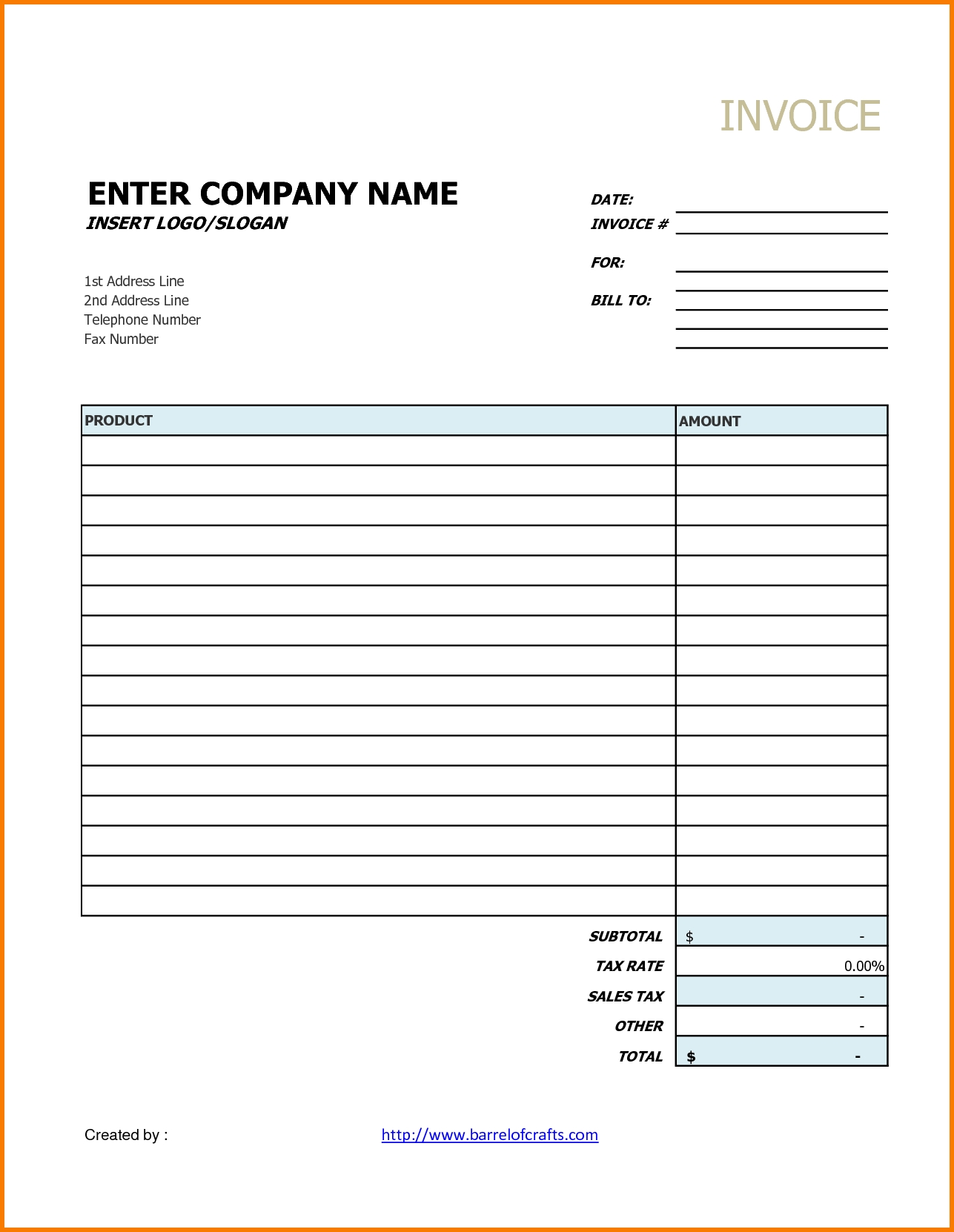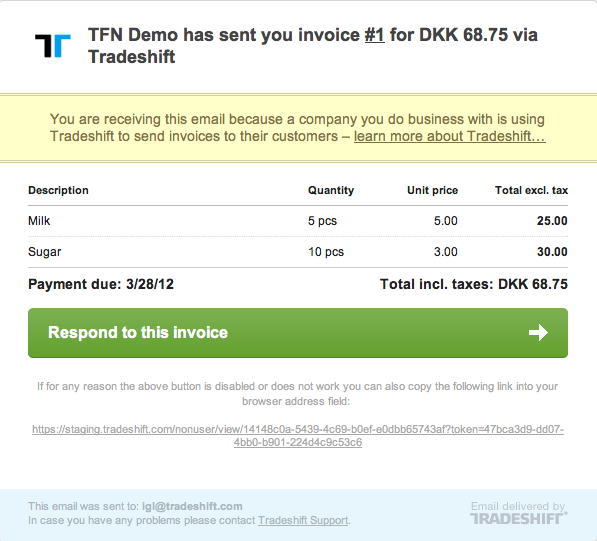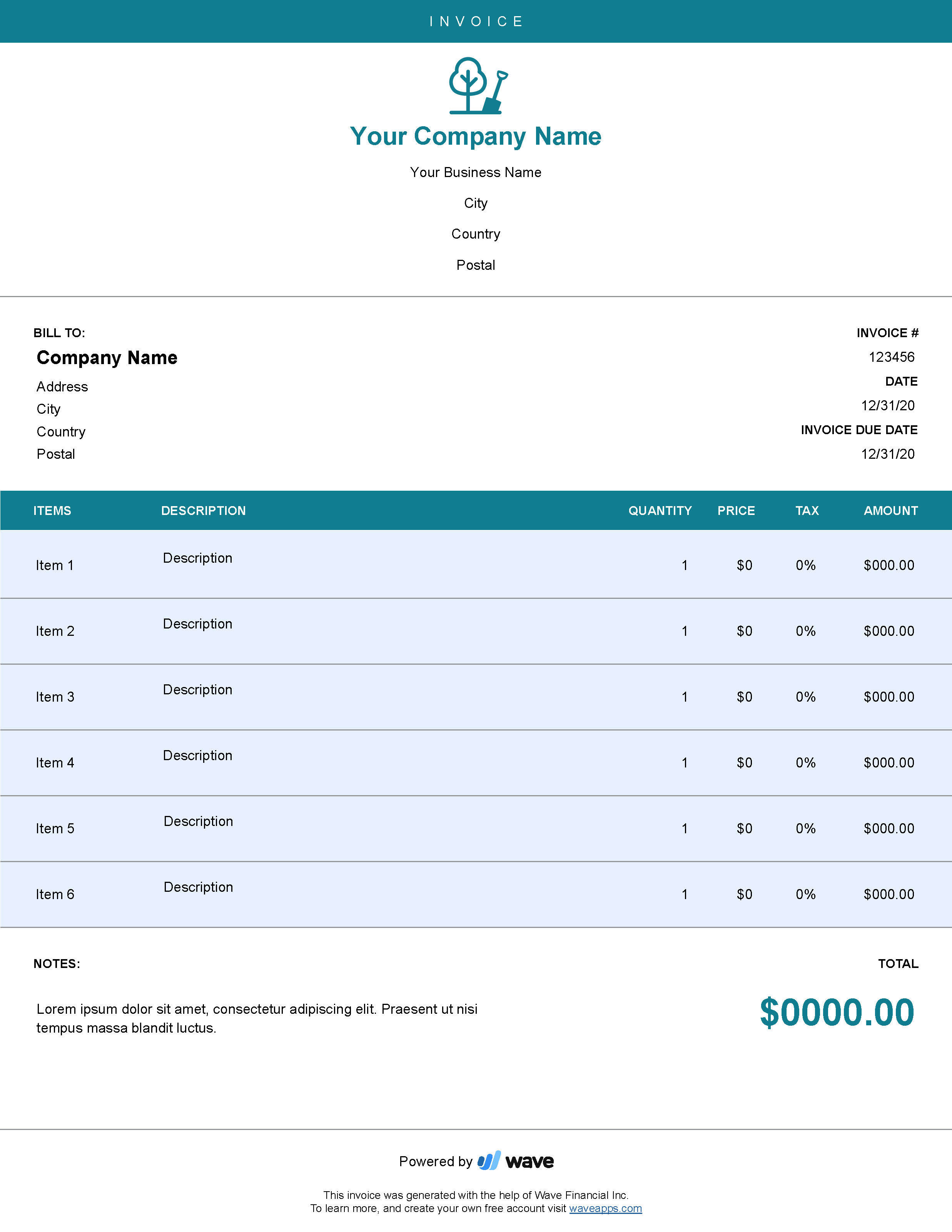

For this example, the payments are $1,000 in years 1-5 and $2,000 in years 6-10. To calculate the amount of straight-line rent expense to be recognized per period, take the total amount of lease payments and divide it by the total number of periods in the lease term. The lessee records the leasehold improvements at the time the improvements are made for the amount the lessee pays through their normal fixed asset accounting process: The lessee would make the following journal entry upon commencement of the lease and receipt of the $1,000 incentive: Incentive: $1,000 tenant improvement allowance for leasehold improvements, received from lessor at lease commencementĬost of leasehold improvements: $20,000 (Note: The leasehold improvements are accounted for separately from the lease, through the lessee’s routine fixed asset accounting process). To illustrate the required journal entries and calculations for a TIA let’s assume the following facts:īase Rent: $1,000 annual payment (in arrears) in years 1-5, and $2,000 annual payment (in arrears) in years 6-10 The accounting for leasehold improvements is accounted for separately from the funds received as a lease incentive.Īccounting for TIAs under ASC 840 example This is a common mistake, as incentives received should not be netted against leasehold improvements. We have seen some companies debit cash and credit leasehold improvements. Sometimes, the tenant improvement allowance may not be received immediately, and in that case the lessee would debit A/R (accounts receivable).

Therefore, the journal entry for a lessee at lease inception is to record the payment as a debit to cash, and to record an offsetting credit to a lease incentive obligation liability, which is amortized (as a reduction to rent expense) over the life of the lease. ASC 840-20-25-6 states that lease incentives shall be recognized as reductions to rental expense by the lessee (reductions to rental revenue by the lessor) on a straight-line basis over the term of the lease. Under ASC 840, when a lessee receives a Tenant Improvement Allowance, they are receiving a lease incentive.
#Ti invoicer how to
How to account for tenant improvement allowances under ASC 840 While many landlords may provide reimbursement for hard construction expenses only, lease incentives can also cover soft costs (costs of obtaining permits, legal fees, etc.) if negotiated within the lease agreement. Losses incurred by the lessor as a result of assuming a lessee’s pre existing lease with a third party.”.

Payments made to or on behalf of the lessee.

“Lease incentives include both of the following:
#Ti invoicer full
For a full explanation of tenant improvements and lease incentives under ASC 842, click here.ĪSC 840-20-25-7 defines lease incentives in the following way: In this blog, we will walk through the accounting under ASC 840. The guidance under US GAAP includes the current FASB standard, ASC 840, as well as the new standard, ASC 842. This includes reimbursements for moving expenses, payments for tenants to break existing leases and payments for TIAs.īecause tenant improvement allowances typically don’t need to be repaid to the landlord, they are a common type of lease incentive and must be accounted for in accordance with lease guidance. TIAs are generally explicitly stated in the lease agreement as either a per square foot amount or a lump sum.Ī lease incentive generally refers to any payments made to the tenant or on the tenant’s behalf by the landlord. TIAs may also be paid directly to vendors on behalf of the lessee. A tenant improvement allowance ( TIA) is generally defined as money paid by a landlord to the tenant/ lessee to reimburse that tenant for the construction of leasehold improvements, such as modifications to commercial real estate.


 0 kommentar(er)
0 kommentar(er)
